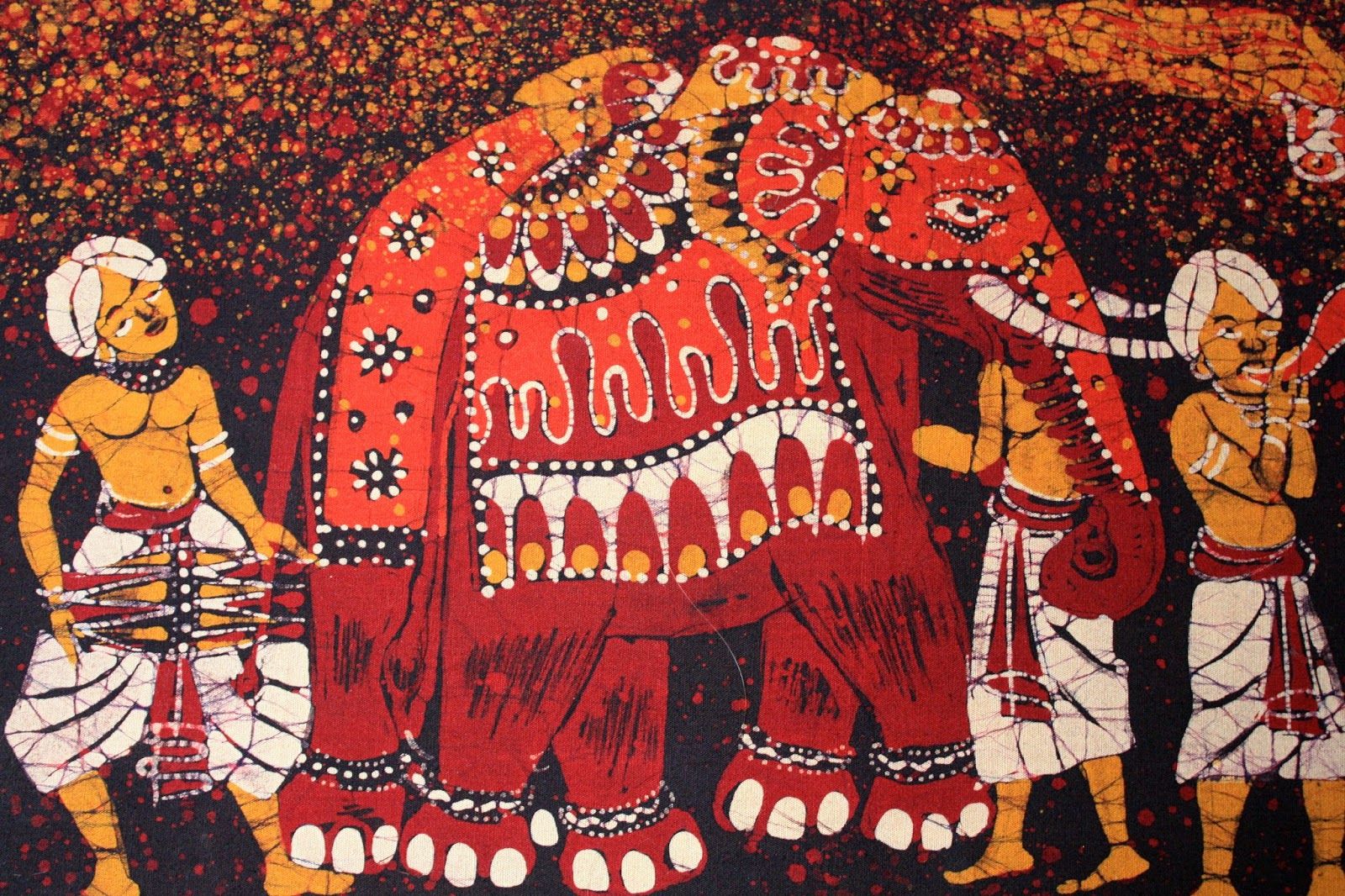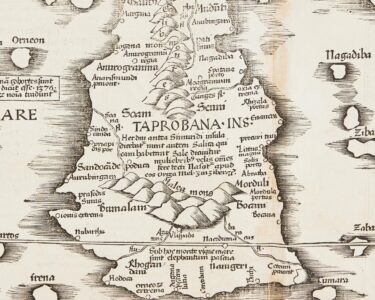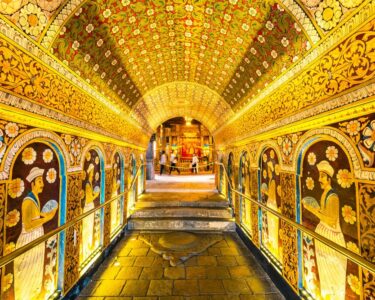Art Tourism in Sri Lanka: Insights and Opportunities
The Rising Tide of Tourism:
With Sri Lanka’s tourism industry bouncing back i, attracting more art-oriented tourists becomes an interesting prospect. As Professor Jafar Jafari aptly mentioned, culture forms a core motivator for travel, offering opportunities for meaningful engagements between visitors and hosts.
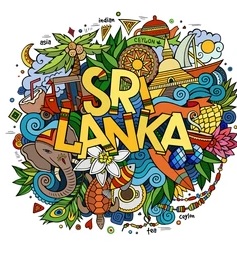
Sri Lanka’s Artistic Palette:
Boasting a diverse artistic heritage across music, dance, literature, and visual arts, Sri Lanka holds immense potential for art tourism. Its modern and contemporary artists are gaining international recognition, adding further vibrancy to the scene.
Bridging Art and Tourism:
Industry experts like Donovan Abeyewardene and Nayantara Taru Fonseka emphasize the need to strategically cater to art tourists. This includes:
Curated Packages: Design tours highlighting unique art and cultural experiences like historical sites, galleries, museums, and traditional performances.
Promoting Local Artisans: Support local livelihoods and provide tourists with authentic experiences by integrating artisans into the tourism ecosystem.
Art Hubs and Communities: Invest in dedicated spaces like the MMCA Sri Lanka to foster artistic communities and attract tourists seeking vibrant cultural encounters.
Learning from Others:
Sharmini Pereira from MMCA Sri Lanka highlights the success stories of international art museums like the Tate London and Guggenheim Bilbao. These institutions serve as not only tourist magnets but also elevate the respective cities into cultural hotspots.
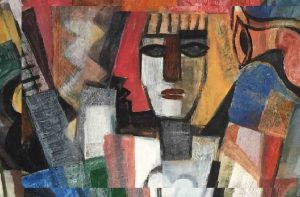
Challenges and Opportunities:
Establishing a permanent modern art museum, as envisioned by MMCA Sri Lanka, could act as a catalyst for art tourism development. However, challenges like infrastructure development and skilled personnel training demand focus.
More to Do
Additional Recommendations:
Partner with international art institutions and organizations to leverage expertise and attract broader audiences.
Encourage collaboration between artists, tourism operators, and local communities to co-create authentic and immersive experiences.
Prioritize accessibility and inclusivity to ensure all visitors can engage with Sri Lanka’s art scene.
By thoughtfully implementing these strategies, Sri Lanka can effectively harness the power of art tourism to enrich its cultural landscape, empower local communities, and unlock sustainable economic growth.



